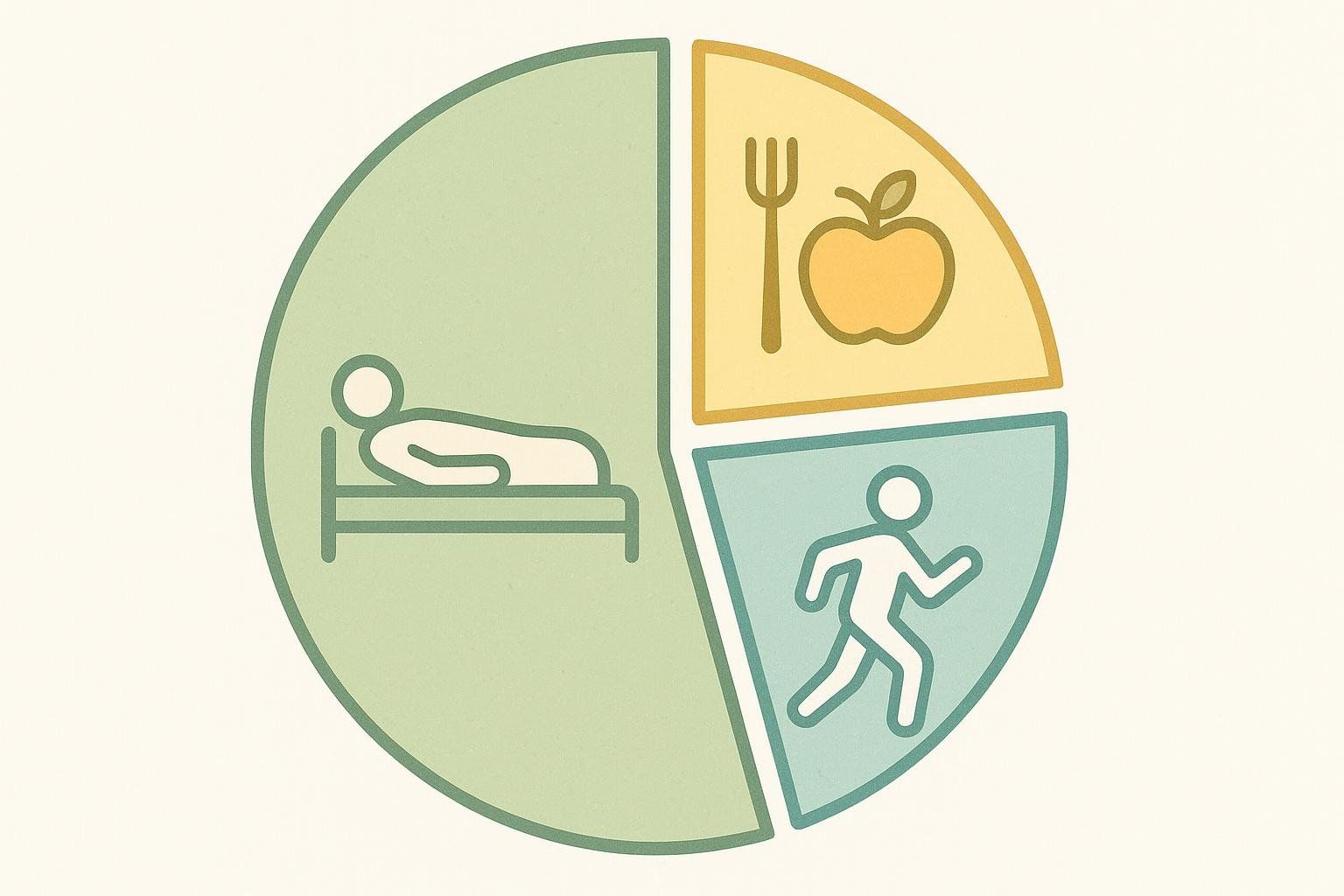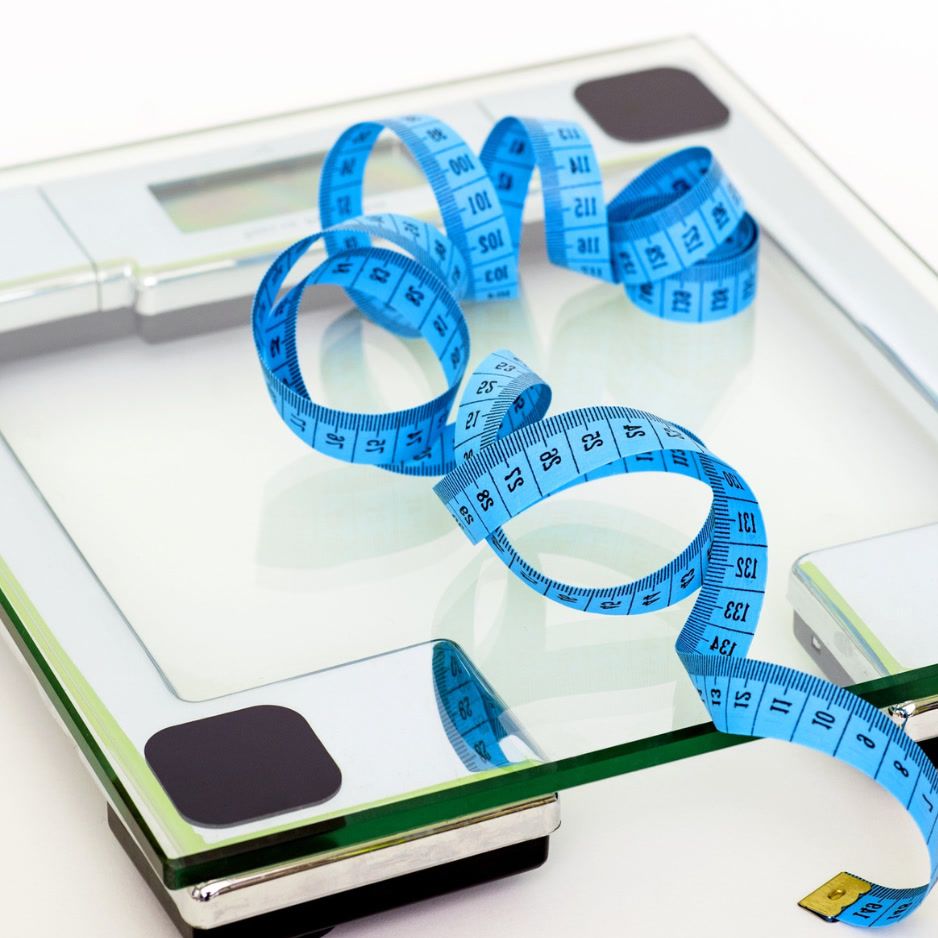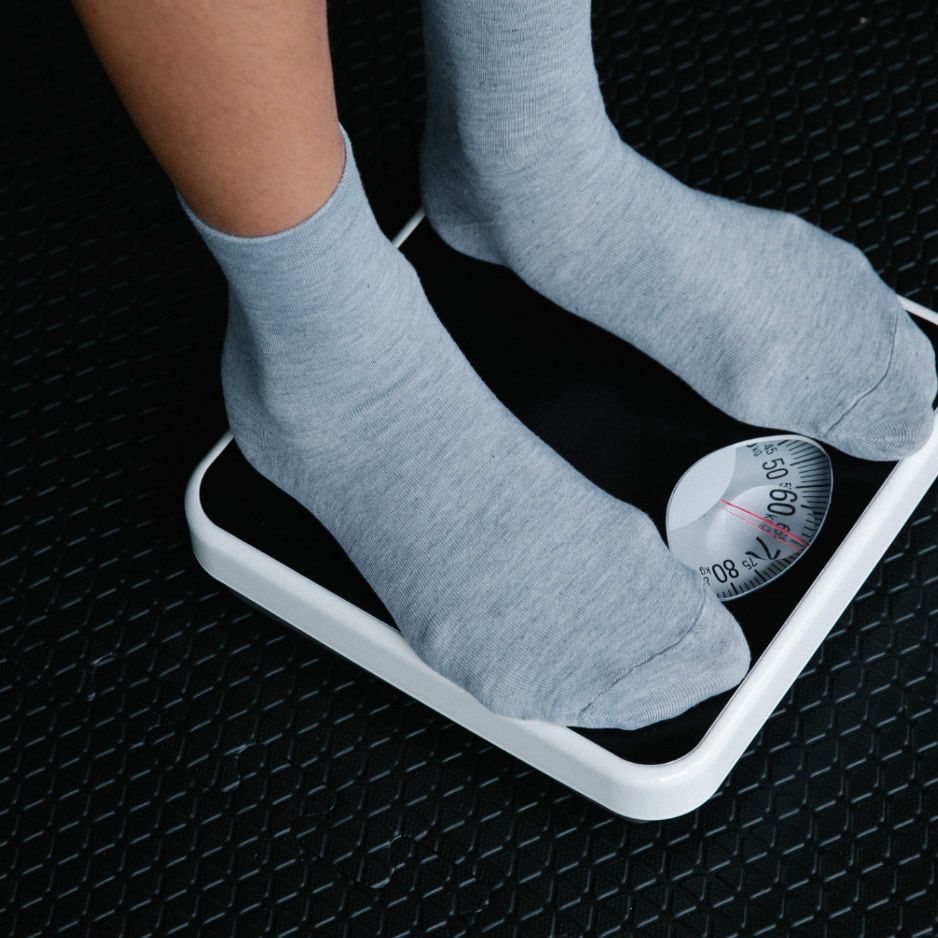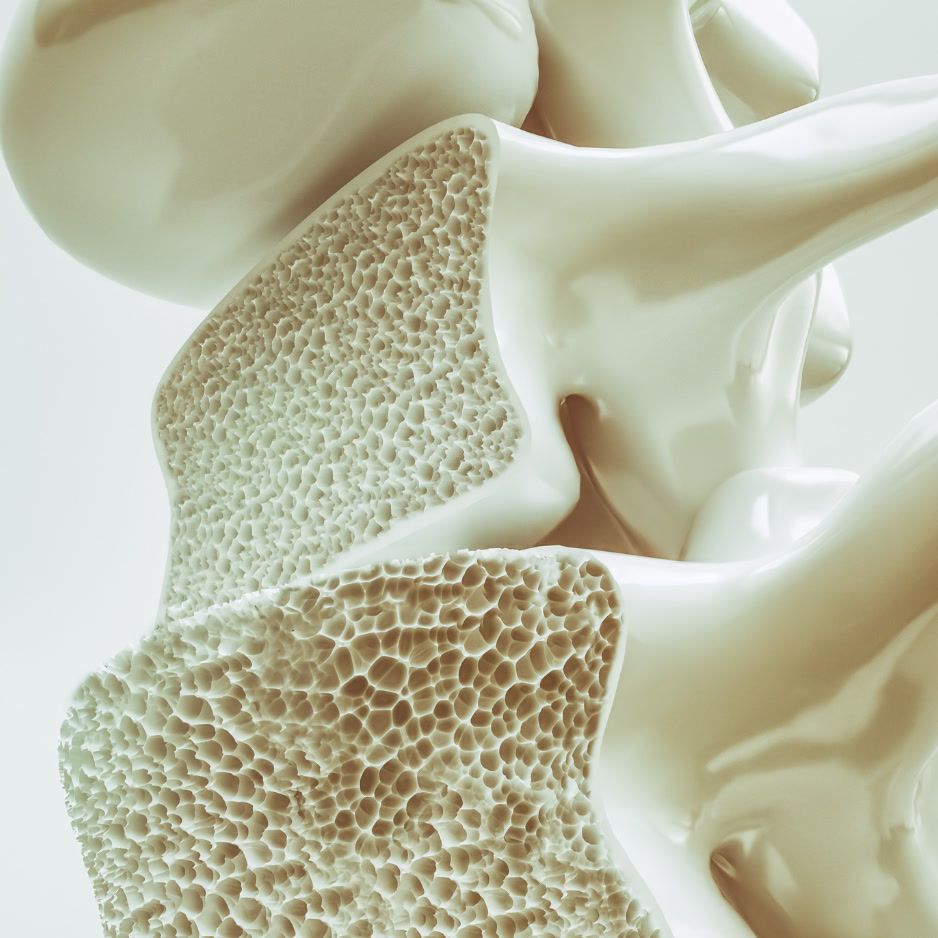10 Evidence-Based Metabolism Boosters

10 Evidence-Based Metabolism Boosters (No Sketchy Pills Required)
Many people hunt for a single “metabolism booster” that will instantly melt fat. Reality check: there’s no magic pill.
But you can nudge your body to burn extra calories by optimizing muscle mass, daily movement, food choices, sleep, and more.
This guide breaks down 10 science-backed strategies to boost metabolism — each illustrated with examples from three common lifestyles:
- Sarah, the busy new mom juggling meetings and midnight feedings
- Mike, the personal trainer hunting for an edge during cutting phases
- Alex, the frequent traveler who wants simple, safe tactics on the road
Avoid the gimmicks—here’s what actually works.
Metabolism 101 (Quick Refresher)
Your total daily energy expenditure (TDEE) comes from three buckets:

- Resting Metabolic Rate (RMR) — calories burned just to keep you alive (≈60–75%). You can dig deeper here: What Is Resting Metabolic Rate?
- Thermic Effect of Food (TEF) — energy used to digest and absorb nutrients (≈10%).
- Physical Activity — split into planned exercise (workouts) and NEAT (Non-Exercise Activity Thermogenesis).
- NEAT can contribute significantly to daily calorie expenditure — for some people it rivals or even exceeds the calories they burn during structured workouts (Current Opinion in Endocrinology, 2005).
BodySpec DEXA scans also provide a personalized RMR estimate within your report — an invaluable data point when you’re fine-tuning calorie targets.
Boosting metabolism means nudging all three levers.
1. Lift Heavy (or at Least Lift Something)
Muscle tissue is metabolically active — it demands energy even at rest. A nine-month resistance-training program increased RMR by about 5 % on average in healthy adults, with changes partly driven by lean-mass gains (European Journal of Clinical Nutrition, 2015).
Action Steps:
- Start with 2–3 full-body sessions per week. New to lifting? See Strength Training for Beginners.
- Focus on compound moves — squats, presses, rows.
- Progressively add weight or reps to keep muscles adapting.
Persona Pointers:
- Sarah: Nap-time dumbbell circuits (15 minutes) still count.
- Mike: Periodize hypertrophy and strength blocks to minimize muscle loss while cutting.
- Alex: Resistance bands fit in a carry-on.
2. Increase NEAT Throughout the Day
Differences in everyday movement add up fast. NEAT can vary by up to 2,000 calories per day between people of similar size (Current Opinion in Endocrinology, 2005).
Practical Ideas:
- Set a 30-minute “move” timer — stand, stretch, or walk a flight of stairs.
- Turn phone calls into strolls.
- Park farther away; take stairs instead of elevators.
Persona Pointers:
- Sarah: March in place while warming bottles.
- Mike: Pace while programming client workouts.
- Alex: Walk airport terminals during layovers.
3. Try High-Intensity Interval Training (HIIT)
HIIT alternates short bursts of all-out effort with recovery. Besides burning calories during the workout, HIIT elevates EPOC (post-exercise oxygen consumption) for hours. A 2020 systematic review found HIIT sessions produced greater and longer-lasting EPOC than intensity-matched moderate cardio, boosting 24-hour energy expenditure (Sports Medicine, 2020).
Sample protocol: Bike sprint 30 sec → easy pedal 90 sec × 10 rounds — a sequence you can usually finish in about twenty minutes.
Persona Pointers:
- Sarah: Use a stroller for sprint-walk intervals.
- Mike: Add assault-bike sprints on deload weeks.
- Alex: Hotel treadmill works in a pinch.
4. Prioritize Protein (TEF Power-Up)
Protein’s thermic effect is roughly 20–30 %, so you burn up to 30 calories digesting every 100 you eat (Harvard Health Publishing).
| Macronutrient | Thermic Effect of Food (TEF) |
|---|---|
| Protein | 20–30 % |
| Carbohydrates | 5–10 % |
| Fat | 0–3 % |
Guidelines:
- Aim for 0.7�–1 g per pound of goal body weight.
- Spread across 3–5 meals for steady muscle repair.
- Portable picks: jerky, whey shakes, Greek-yogurt parfaits.
Persona Pointers:
- Sarah: Prep single-serve Greek yogurt with berries for grab-and-go breakfasts.
- Mike: Use a higher-leucine whey isolate post-workout.
- Alex: Pack shelf-stable tuna pouches for protein on the road.
5. Hydrate Early & Often

Research on “water-induced thermogenesis” is mixed. One study using 500 ml of cold water showed a ~30 % bump in metabolic rate for 60 minutes (Journal of Clinical Endocrinology & Metabolism, 2003), but more recent reviews report smaller 2–4 % increases or no effect, suggesting any boost is modest and variable (Frontiers in Nutrition, 2016).
Tips:
- Front-load water in the morning when dehydration is highest.
- Keep a 24-oz bottle at your desk or in your car cupholder.
- Flavor with citrus or electrolyte tablets if plain water bores you (see Hydration Beyond Water: Electrolytes and Performance).
Persona Pointers:
- Sarah: Keep a spill-proof bottle by the changing table.
- Mike: Track fluid intake alongside workout logs.
- Alex: Use collapsible bottles to clear airport security, then refill.
6. Ensure Sufficient Sleep Duration
One night of total sleep deprivation can lower RMR by about 5 % and blunt post-meal calorie burn by 20 % (American Journal of Clinical Nutrition, 2011).
Best Practices:
- Target 7–9 hours in a dark, cool room.
- Cut screens 60 minutes before bed — blue light delays melatonin.
- Stick to consistent wake-up times, even on weekends.
Persona Pointers:
- Sarah: Tag-team night feedings when possible to protect a longer sleep block.
- Mike: Use a sleep-tracking wearable to ensure recovery between training sessions.
- Alex: Pack earplugs and an eye mask to mimic home conditions in hotels.
7. Keep Stress (and Cortisol) in Check

Stress hormones like cortisol can encourage fat storage and drive cravings. Simple practices — mindfulness, box-breathing, or a 10-minute walk — reduce stress quickly (Mayo Clinic).
Persona Pointers:
- Sarah: Take five deep breaths before responding to work emails.
- Mike: Add a 10-minute post-workout meditation to speed recovery.
- Alex: Practice 4-7-8 breathing in the airplane seat.
Read more: Stress and Weight Gain: Understanding the Connection.
8. Supplements That May Act as Metabolism Boosters (Evidence Overview)
| Supplement | Proposed Mechanism | Typical Dose | Evidence Quality | Key Study | Cautions |
|---|---|---|---|---|---|
| Caffeine | Blocks adenosine, raises adrenaline & energy expenditure | 3–6 mg/kg (≈200–400 mg) | Strong (meta-analysis) | Meta-analysis found acute doses raised RMR by ~4–5 % for up to 3 h (IJSNEM, 2020) | Avoid near bedtime; monitor blood pressure |
| Green-tea extract (EGCG + caffeine) | Catechins inhibit COMT, boosting thermogenesis | 270–500 mg EGCG + ~150 mg caffeine | Moderate (meta-analysis) | Combo increased 24-hour energy expenditure by ~180 kcal (International Journal of Obesity, 2005) | GI upset in high doses; monitor liver enzymes |
| Capsaicin | Activates TRPV1 receptors, modest ↑ energy expenditure | 2–10 mg capsaicinoids | Moderate (systematic review) | ~50 kcal/day increase in energy expenditure (Appetite, 2012) | May cause gastric discomfort |
| Protein powder | Increases TEF & supports lean mass | 20–40 g/serving | Strong | Whey boosts muscle protein synthesis (Journal of Applied Physiology, 2004) | Check added sugars & allergens |
Always consult a healthcare professional before adding supplements, and avoid unregulated “thyroid boosters” or proprietary stimulant blends lacking peer-reviewed data.
Persona Pointers:
- Sarah: Stick with low- to moderate-dose caffeine (or decaf green tea) if breastfeeding, and choose protein powders that test clean for heavy metals.
- Mike: Time a 200–300 mg caffeine dose 30–60 minutes pre-workout and consider EGCG or capsaicin during cutting phases—monitor heart rate and recovery.
- Alex: Single-serve whey sticks or RTD shakes pack easily; caffeine tablets keep dosing consistent, but skip capsaicin if spicy foods upset your stomach on flights.
9. Time Your Fuel & Caffeine Wisely
- Protein at breakfast can bump daytime thermogenesis and curb appetite.
- Caffeine 30–60 minutes pre-workout amplifies calorie burn but avoid after ~2 p.m. if sleep suffers.
- Evening carbs may aid sleep quality for some.
Persona Pointers:
- Sarah: A small bowl of oatmeal before bed can smooth nighttime wake-ups.
- Mike: Schedule caffeine earlier on double-training days to protect sleep.
- Alex: Use protein-rich snacks at airport lounges to avoid late-night hotel meals.
Explore: The Role of Nutrient Timing.
10. Track Your Progress

You can’t manage what you don’t measure. A periodic BodySpec DEXA scan shows exactly how muscle-building or fat-loss efforts shift your metabolic engine and provides an updated RMR estimate to recalibrate calories.
Persona Pointers:
- Sarah: See how postpartum body composition and bone density are trending, beyond what the bathroom scale shows.
- Mike: Validate that lean mass is holding steady during cuts and use the updated RMR to dial in macros for clients.
- Alex: Schedule scans between trips to monitor muscle retention despite irregular routines and restaurant meals.
Rapid-Fire FAQ
Do “metabolism booster” drinks work?
Some contain caffeine or green-tea catechins that may raise energy expenditure slightly, but most are just pricey flavored water.
Will eating small meals every 2–3 hours boost my metabolism?
Total daily calories and protein matter more than meal frequency, according to a 2015 systematic review of experimental studies in humans and animals (Frontiers in Nutrition).
Can cold showers or ice baths boost metabolism?
Short cold exposure activates brown fat, but the increase in calorie expenditure is small — think tens, not hundreds, of calories.
Does age doom my metabolism?
A 2021 analysis of more than 6,600 people found total and resting energy expenditure remain remarkably stable from age 20 to 60 and only begin to decline thereafter (Science, 2021). Staying active and maintaining muscle still helps offset any later-life slowdown.
The Bottom Line
Finding a true “metabolism booster” or achieving a faster metabolism isn’t about magic pills — it’s about muscle, movement, recovery, and smart nutrition. Implement even two or three of these evidence-based tips and you’ll chip away at plateaus while feeling more energetic.
Book a BodySpec DEXA scan and get the data you need to fine-tune your plan.


